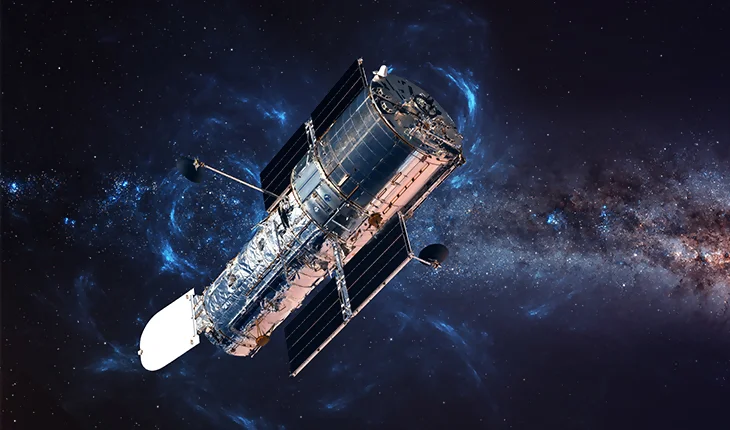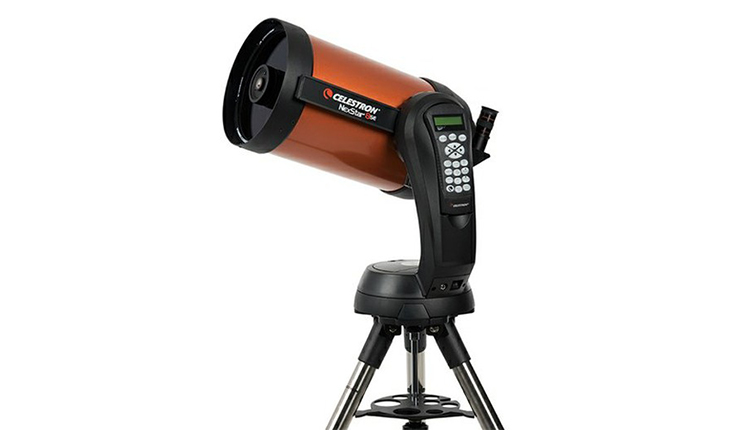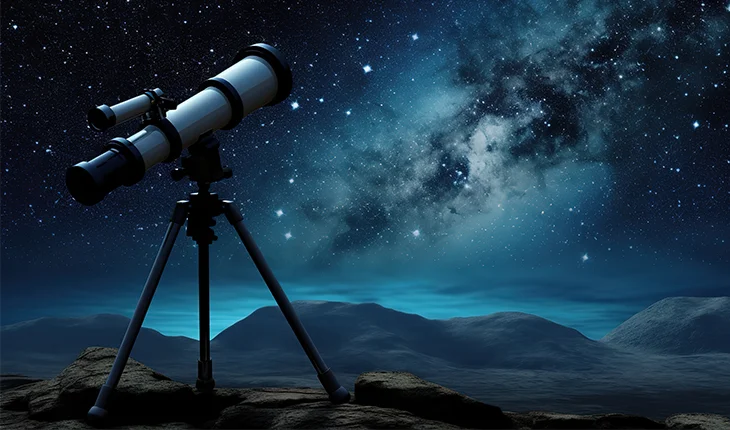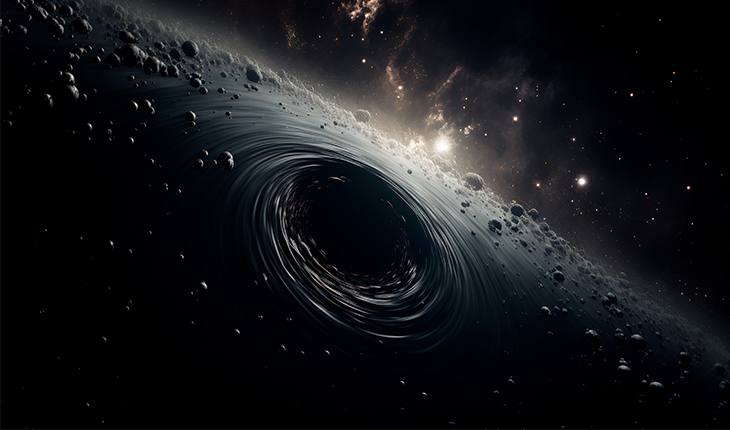Embarking on a journey to explore the depths of our universe is a dream shared by many astronomy enthusiasts. Like Orion’s Belt, galaxies captivate the imagination with mesmerizing beauty and distant mysteries. To behold such wonders, one needs the right tool, a telescope capable of revealing the secrets of the cosmos. This guide unveils the best telescopes for viewing galaxies and space exploration, offering a gateway to the wonders beyond.
Best Telescopes to See Galaxies
Although billions of galaxies exist, not all telescopes can see and capture them on camera. Because even the closest galaxies are far away and radiate light over a vast region, reflector scopes with large apertures that can gather the most light are typically the best telescopes for viewing.
Options include professional-grade telescopes for serious astrophotographers, advanced observers, and affordable telescopes for beginners under $500. The top telescopes for viewing galaxies and other far-off objects are listed here, along with the benefits and drawbacks of each.

different types of telescopes for viewing galaxies
Galaxies are celestial wonders that reach out to us to be explored and their mysteries to be solved in the vastness of the night sky. The beauty of far-off galaxies must be revealed through a telescope for amateur astronomers and stargazers to set out on this cosmic adventure. These are the top telescopes for galaxy viewing that we have compiled into a guide, each opening a new door to the wonders of life on Earth.

Celestron NexStar 8SE Telescope:
A marvel of optical engineering, the Celestron NexStar 8SE combines advanced features with ease of use. Equipped with an 8-inch aperture and Celestron’s signature Schmidt-Cassegrain design, this telescope offers remarkable clarity and detail when observing galaxies like Orion’s Belt. Its computerized mount and database of celestial objects make navigating the night sky effortless, making it an ideal choice for beginners and seasoned astronomers.
Meade Instruments LX200-ACF Telescope:
The Meade Instruments LX200-ACF Telescope, renowned for its superb optics and engineering precision, is a monument to astronomical innovation. Meade’s Advanced Coma-Free (ACF) optical system, coupled with a sturdy mount equipped with GPS and tracking capabilities, provides unparalleled performance for studying galaxies like Orion’s Belt. Sophisticated astronomers continue to love it for its many features and adaptability.
Orion SkyQuest XT10g Dobsonian Telescope:
For enthusiasts seeking uncompromising performance, the Orion SkyQuest XT10g Dobsonian Telescope delivers unparalleled views of distant galaxies. With a generous 10-inch aperture and GoTo computerized tracking system, it effortlessly reveals the intricate details of celestial objects like never before. Its sturdy Dobsonian base ensures stability, allowing for hours of uninterrupted stargazing pleasure.
Sky-Watcher ProED 120mm APO Refractor Telescope:
Viewing distant galaxies with the Sky-Watcher ProED 120mm APO is an excellent option for individuals captivated by the unspoiled splendor of refractor telescopes. An apochromatic lens system can reveal even the smallest details of celestial wonders like Orion’s Belt with remarkable color correction and contrast. Its svelte design and top-notch optics offer an immersive viewing experience that evokes wonder and amazement.
Related Contents:
Yuri Ggagarin’s Historic Flight
How giant a telescope do you need to see galaxies?
The size of the telescope needed to see galaxies depends on several factors, including the size, brightness, and distance of the galaxies you wish to observe and the observing conditions, such as light pollution and atmospheric stability. Generally, larger telescopes gather more light and can resolve fainter and more distant objects, including galaxies. However, it’s important to note that the size of the telescope is not the only factor determining its performance in observing galaxies.
In conclusion, larger telescopes typically offer better views of fainter and more distant galaxies, allowing viewers to investigate the wonders of the cosmos in greater detail, even though there is no specific size requirement to observe galaxies. When choosing a telescope for galaxy viewing, observers should consider their observing objectives, financial constraints, and practical limitations.
Galaxies amaze and astonish viewers of all ages as their magnificence becomes apparent as we gaze more deeply into the cosmos. Using the correct telescope, we can travel to far-off galaxies and discover the mysteries of space. These best telescopes provide a view into the wonders of the cosmos, whether you’re drawn to the Andromeda spiral arms or the Whirlpool Galaxy’s ethereal glow. Select your instrument, raise your head, and allow the wonder of galaxies to spark your creativity.



